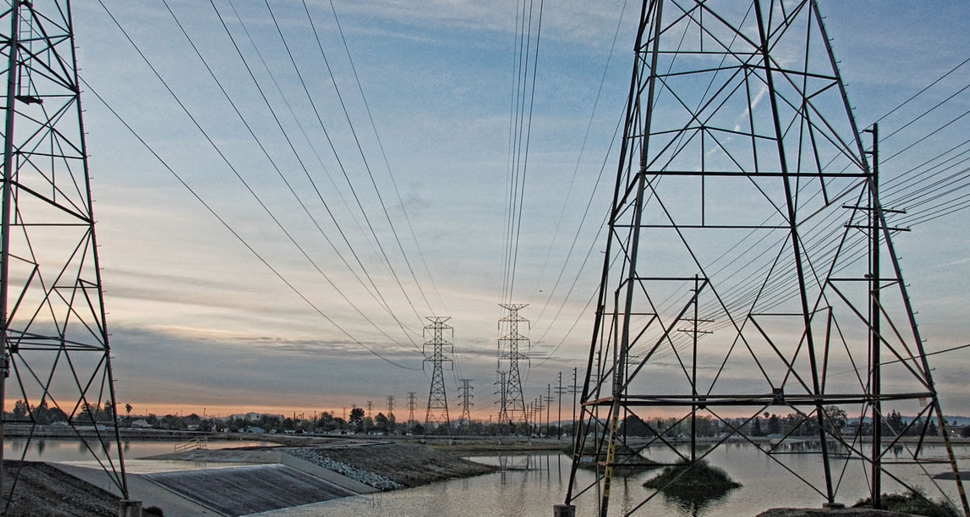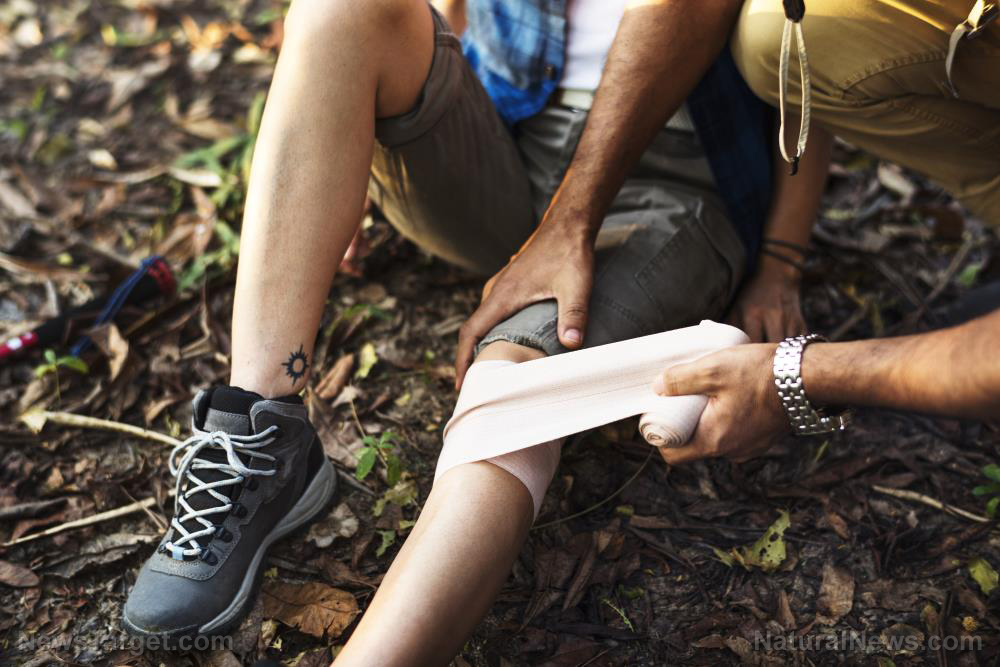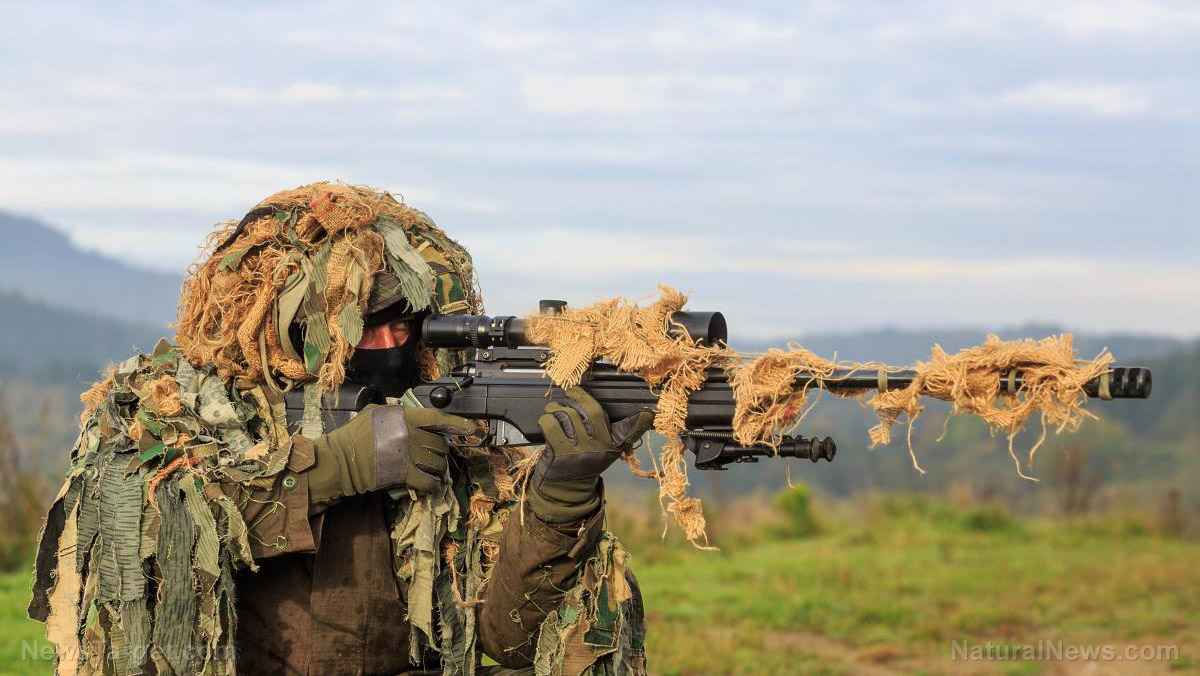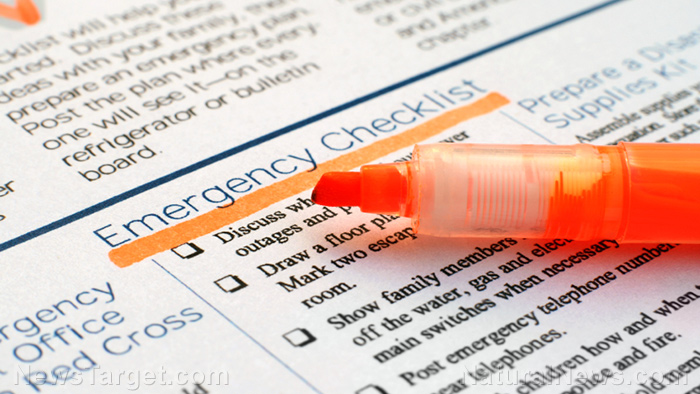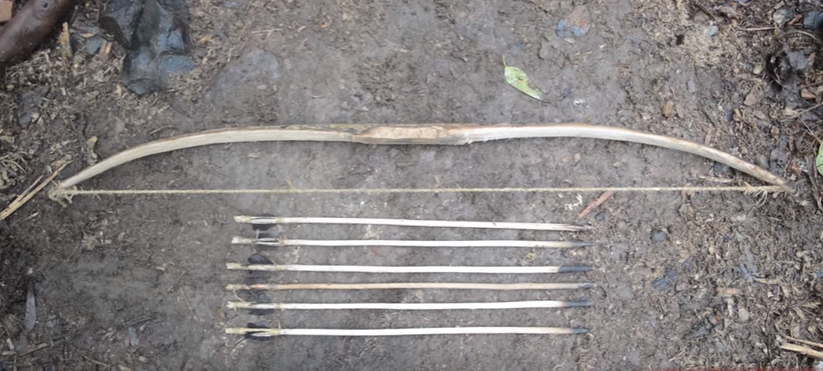Survival 101: Where to get food when grocery stores are empty
03/08/2022 / By Zoey Sky
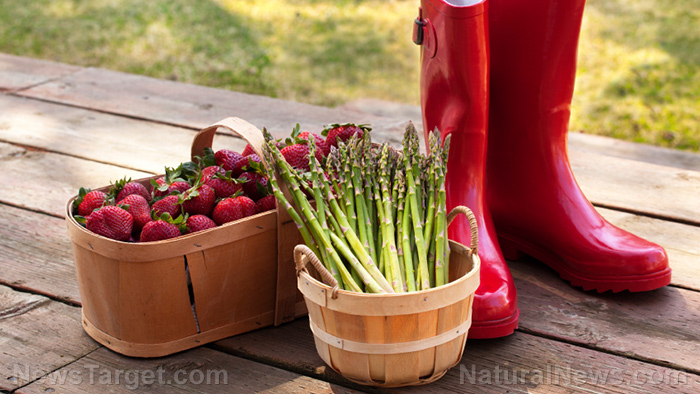
When SHTF, things can go from bad to worse in the blink of an eye.
But if you have prepared before disaster strikes, you won’t have to worry too much about not having enough food to feed your family. (h/t to TheOrganicPrepper.com)
Read on to learn how J.G. Martinez of The Organic Prepper provided for his family when they escaped to Ecuador and Peru from Venezuela before things got worse and people struggled to find food.
Prepping during crisis in Venezuela
Martinez and his family were lucky because they didn’t experience many of the terrible things other Venezuelans went through. However, he and his family suffered mostly because they kept using their national currency instead of the the U.S. dollar since there wasn’t much they could do to improve the situation.
Venezuela’s useless fiat currency was everywhere, and the dollar wasn’t. Because of hyperinflation, prices skyrocketed in the country and Venezuelans couldn’t cope.
Venezuelans living in the larger cities had a very difficult time from 2017 to 2019. But things were a little easier in smaller towns, where fruits, grain and vegetables were grown and meat like beef, pork and poultry were raised.
In Venezuela, people are used to fair weather and a culture of appreciating freshly cooked meals. Because of these factors, having access to processed food isn’t a priority when SHTF. Even with hyperinflation, raw ingredients were still available, but it was harder to get branded products.
Tips on where to find food after SHTF
Even if you don’t live in Venezuela, as an urban prepper you should always be prepared to deal with potential disasters. If you have space in your home, stock up on essentials.
You should also start a home garden so you have access to fresh organic fruits and vegetables in your backyard. Another option is to start caring for livestock, but you might need to be more creative with your options if you are prepping in the city with limited space or resources.
Beef
You might need connections if you’re worried about having a stable source of fresh beef after SHTF.
According to Martinez, people left behind in Venezuela struggled because of cattle thieves. Calling the guards for help in Venezuela means being tied to them for life since you need to pay them for “protection,” like in the Mafia.
If you are a non-farmer prepper in the country, you would have to make do by purchasing live cattle and splitting the cost between two to three families. (Related: Prepping food supply 101: How to survive if you run out of supplies during a long-term disaster.)
Fish
Whether you’re prepping in Venezuela or in America, it’s better to be near a body of water like the sea or a river.
While things are quiet, stock up on canned tuna if you don’t want to risk things by going out to fish when SHTF. Alternatively, you can preserve fish that you’ve caught by salting or smoking them.
Goats
Goats were mostly raised for milk in Venezuela since their meat is not as popular as beef or pork. But when SHTF, goats can also be a good meat source if you have the means to raise them on your property.
Compared to other animals, goats require less room to raise and don’t need a lot of attention. If you’re worried about goats snacking on your laundry hanging to dry on the clothesline, you can easily resolve this by setting up sturdy fencing.
Some goat breeds are best for dairy, others are raised for milk, while others are raised for fiber like cashmere or mohair.
Pork
Pigs require less space than cows so raising them is more viable compared to raising beef cattle. You can also keep your pigs well fed by giving them vegetable scraps.
Poultry
Chickens are another great option because they’re easy to raise and can be fed with table scraps. You can also feed them a bag of corn, which might last longer if you also allow your chickens to feed on insects and plants from your garden.
Fruits and vegetables
Even post-hyperinflation, you might have an easier time finding fruits and vegetables compared to meat like pork or beef.
In Venezuela, the same goes for dairy products. Cows would still give dairy and you can also find dairy derivatives amid the hyperinflation period.
Spices
Most houses in Venezuela have an herb garden. If your plot is small, use raised beds to save on fertilizer and use scraps for compost.
With trial and error, you will eventually learn how to grow enough produce to sell for a profit.
2 Questions to ask yourself before SHTF
If you don’t have a home garden in your homestead or the resources to raise livestock, ask yourself these two questions before SHTF:
Do you have the means to reach producers in your area in an affordable, safe and relatively fast way?
If you live downtown in a large city, it might not be worth it to travel for hours on a one-way trip just to get milk. You can address this by organizing a group to buy in bulk so producers will be more willing to visit your location so you also save time, fuel and money.
What do you need to produce some staples?
To raise livestock or start a home garden on your property, you will need resources such as:
- Basic materials
- Connections
- Space
- Time
- Knowledge and skills
After you answer these important questions, you’ll have an easier time figuring out where to find food after SHTF.
More related stories:
Survival lessons from Venezuela: 6 Signs of impending civil unrest.
History repeats itself: 2 Survival lessons you must learn from the ongoing crisis in Venezuela.
A prepper’s guide to increasing the longevity of your preps.
Watch the video below for tips on how to prep before SHTF in your area.
This video is from the glock 1911 channel on Brighteon.com.
Go to FoodSupply.news for more articles on how to stock up on supplies before disaster strikes.
Sources include:
Submit a correction >>
Tagged Under:
emergency food, food independence, Food storage, food supply, home gardening, homesteading, off grid, preparedness, prepping, survival, survival food, Survival Tips, sustainable living
This article may contain statements that reflect the opinion of the author
RECENT NEWS & ARTICLES
COPYRIGHT © 2017 OFFGRID NEWS


